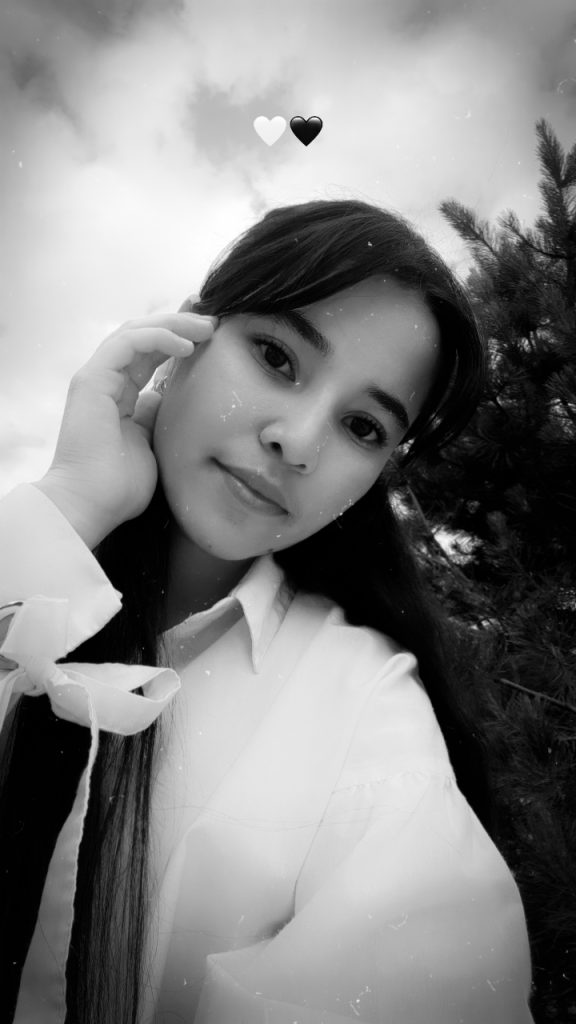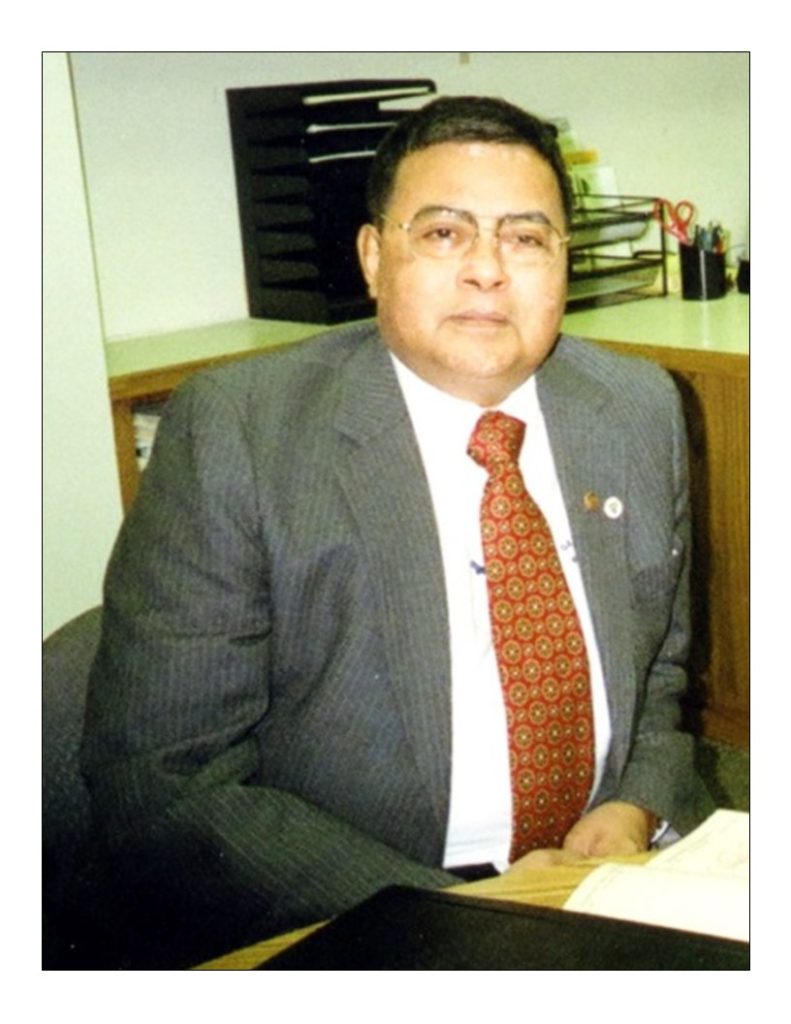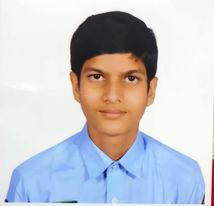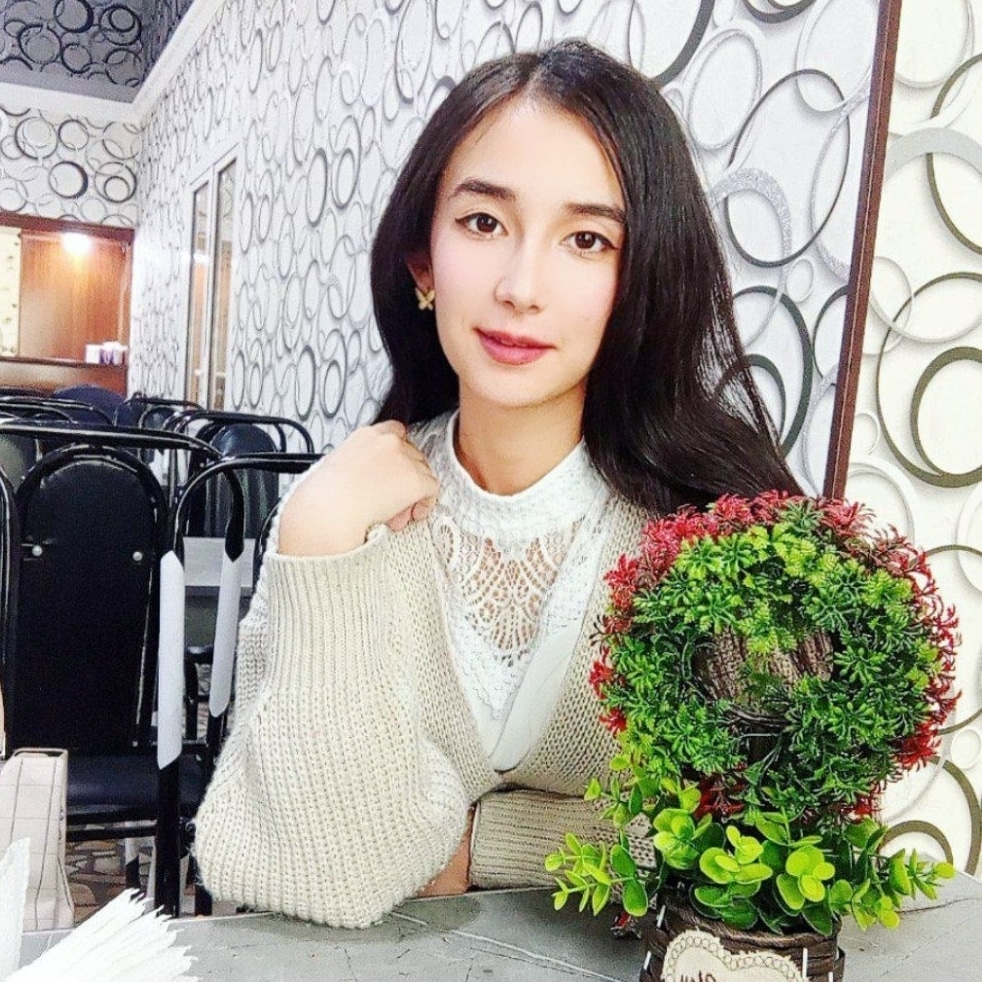
Interview method in sociological research
Abdusamatova Odinaxon
2nd year student of the Faculty
of History of Fergana State University
Abstract: This article discusses the use of interviews as a research
method in sociology. It explains the differences between structured and unstructured interviews, and highlights the advantages and limitations of using this method. The article emphasizes the importance of careful design and awareness of potential biases in order to generate reliable and valid data.
Overall, this article provides a useful overview of the interview method for sociologists seeking to understand individual experiences and perspectives.
Keywords: interviews, research methods, sociology, structured
interviews, unstructured interviews, advantages, limitations, biases, reliability, validity, individual experiences, perspectives.
Introduction
The interview method is a widely used research technique in sociology that involves asking questions to individuals or groups of people in order to gather information about their beliefs, attitudes, experiences, and behaviors. Interviews can be conducted in various forms, such as face-to-face, over the phone, or through online platforms.
In sociological research, interviews are often used to explore social phenomena and understand the perspectives and experiences of individuals or groups within a particular context. This method enables researchers to gain in-depth insights into the social world and uncover new knowledge that may not be obtained through other research methods.
Interviews can be structured, semi-structured, or unstructured. Structured interviews involve asking a set of predetermined questions in a specific order. Semi-structured interviews allow for some flexibility in the questions asked and the order in which they are asked. Unstructured interviews involve an open- ended conversation where the interviewer allows the respondent to lead the
conversation.
The interview method has several advantages in sociological research. It allows researchers to obtain rich and detailed data that can be used to develop theories and hypotheses. Interviews also enable researchers to build rapport with respondents and gain their trust, which can result in more honest and accurate responses.
However, interviews also have some limitations. Respondents may provide biased or incomplete information, and the interviewer’s presence may influence the responses given. Additionally, interviews can be time-consuming and resource-intensive.
Overall, the interview method is a valuable tool in sociological research that can provide unique insights into the social world. By carefully designing and conducting interviews, researchers can gather rich and meaningful data that can inform our understanding of social phenomena.
There are several types of interviews that sociologists may use in their research. One type is the life history interview, which involves asking a respondent to recount their life experiences in detail. This type of interview can provide valuable insights into how individuals understand and navigate their social worlds over time.
Another type of interview is the focus group, which involves bringing together a group of individuals to discuss a particular topic or issue. Focus groups can provide insights into group dynamics and how individuals interact with one another in social settings.
Interviews can also be used in combination with other research methods, such as surveys or observation. For example, a sociologist may conduct interviews with individuals to gather qualitative data about their experiences, while also using surveys to gather quantitative data about the prevalence of certain attitudes or behaviors.
In order to conduct effective interviews, sociologists must carefully design their questions and consider factors such as the demographics of their respondents and the context in which the interviews will take place. They must also be aware of potential biases and take steps to minimize them.
Overall, the interview method is a powerful tool for sociologists seeking to understand the social world. By using interviews in conjunction with other research methods, sociologists can gather rich and nuanced data that can inform our understanding of social phenomena and contribute to the development of new theories and hypotheses.
Literature Review
The use of interviews in sociological research has been widely discussed and debated in the literature. Some scholars argue that interviews are essential for understanding the subjective experiences of individuals and the meanings they attach to their social worlds (Gubrium & Holstein, 2002). Others caution that interviews can be biased and may not accurately reflect the experiences of
marginalized groups (Lloyd & Smith, 2013).
One approach to addressing these concerns is to use a variety of interview techniques and to carefully consider the context in which interviews are conducted. For example, life history interviews can provide a rich understanding of an individual’s experiences over time, but may be time- consuming and difficult to analyze. Focus groups can provide insights into group dynamics, but may be influenced by the dominant voices in the group.
Another important consideration is the role of the interviewer in shaping the responses of the interviewee. Researchers must be aware of their own biases and be careful not to influence the responses of their participants (Bloor et al., 2001).
Despite these challenges, interviews continue to be a valuable tool for sociologists seeking to understand the social world. By carefully designing their questions and considering the context in which interviews are conducted, researchers can gather rich and nuanced data that can inform our understanding of social phenomena and contribute to the development of new theories and hypotheses.
Furthermore, interviews can provide a platform for marginalized
voices to be heard and can help to challenge dominant narratives and power structures (Lloyd & Smith, 2013). By giving voice to those who are often excluded from mainstream discussions, interviews can contribute to more inclusive and diverse research.
Overall, while interviews have their limitations and challenges, they remain an important tool for sociological research. By using a variety of techniques and being mindful of their own biases, researchers can gather valuable data that can inform our understanding of the social world and contribute to the development of more inclusive and diverse theories.
Discussion
As an AI language model, I do not have personal opinions or beliefs. However, I can provide some additional points to consider in the discussion of interviews as a tool for sociological research.
One potential limitation of interviews is the potential for social desirability bias, where participants may alter their responses to present themselves in a more favorable light. This can be mitigated by creating a comfortable and non- judgmental atmosphere and assuring participants of confidentiality.
Another challenge is the potential for researcher bias, where the interviewer’s own beliefs and assumptions may influence the questions asked and the interpretation of responses. Researchers can mitigate this by being aware of their own biases and using techniques such as reflexivity to critically examine their own assumptions.
Finally, interviews may not be suitable for all research questions or populations. For example, some individuals may not feel comfortable discussing certain topics or may have difficulty expressing themselves verbally. In these cases, other methods such as surveys or focus groups may be more appropriate.
Overall, interviews can provide valuable insights into the social world and contribute to more inclusive and diverse research. However, researchers must be mindful of their limitations and challenges and use appropriate techniques to gather reliable data.
Additionally, the interpretation of interview data can also be a challenge. Researchers must carefully analyze and code responses to identify patterns and themes, and ensure that their interpretations are grounded in the data rather than their own assumptions.
Another consideration is the time and resources required for conducting interviews. Interviews can be time-consuming and expensive, particularly if a large sample size is needed. Researchers must carefully plan and budget for interviews to ensure that they are feasible and effective.
Finally, ethical considerations must also be taken into account when conducting interviews. Researchers must obtain informed consent from participants and ensure that their privacy and confidentiality are protected. They must also be sensitive to issues of power dynamics and avoid exploiting or harming participants in any way.
In conclusion, interviews can be a valuable tool for sociological research, but they also have limitations and challenges that must be carefully considered. By using appropriate techniques and being mindful of ethical considerations, researchers can gather rich and insightful data that contributes to a deeper understanding of the social world.
Furthermore, the type of interview used can also impact the data collected. For example, structured interviews with closed-ended questions may limit the depth of responses and miss important nuances, while unstructured interviews with open-ended questions may lead to inconsistent data and difficulty in analysis.
Another challenge is the potential for interviewer bias, where the interviewer’s personal beliefs and attitudes may influence the responses of participants. Researchers must be aware of their own biases and take steps to minimize their impact on the interview process.
Moreover, the cultural context in which the interview takes place can also affect the data collected. Different cultures may have different communication styles and expectations, which can impact how participants respond to questions and how researchers interpret their responses.
Finally, technological advancements have led to the use of online interviews, which can overcome some of the challenges of traditional face-to-face interviews such as geographic limitations and cost. However, online interviews also have their own limitations such as potential technical issues and difficulty in establishing rapport with participants.
Overall, interviews are a valuable tool for sociological research, but researchers must carefully consider their limitations and challenges and choose appropriate techniques to gather insightful data.
Conclusion
In conclusion, interviews are an important method for collecting data in sociological research. They can provide valuable insights into people’s experiences, attitudes, and beliefs. However, there are several challenges that researchers must consider when using interviews, including the potential for interviewer bias, limitations of different interview types, cultural context, and technological limitations. To overcome these challenges, researchers must
carefully select appropriate interview techniques and take steps to minimize bias and ensure the validity and reliability of their data. Overall, interviews can be a powerful tool for sociological research when used appropriately.
References:
- Bryman, A. (2016). Social Research Methods. Oxford University Press.
- Kvale, S., & Brinkmann, S. (2009). Interviews: Learning the Craft of
Qualitative Research Interviewing. Sage Publications. - Rubin, H. J., & Rubin, I. S. (2011). Qualitative Interviewing: The Art of
Hearing Data. Sage Publications. - Seidman, I. (2013). Interviewing as Qualitative Research: A Guide for
Researchers in Education and the Social Sciences. Teachers College
Press. - Silverman, D. (2013). Doing Qualitative Research: A Practical
Handbook. Sage Publications. - Strauss, A. L., & Corbin, J. M. (1998). Basics of qualitative research:
Techniques and procedures for developing grounded theory. Sage
Publications. - Creswell, J. W. (2014). Research design: qualitative, quantitative, and
mixed methods approaches. Sage Publications. - Denzin, N. K., & Lincoln, Y. S. (2011). The Sage handbook of qualitative
research. Sage Publications. - Patton, M. Q. (2015). Qualitative research & evaluation methods:
Integrating theory and practice. Sage Publications. - Miles, M. B., Huberman, A. M., & Saldaña, J. (2013). Qualitative data
analysis: A methods sourcebook. Sage Publications. - Flick, U. (2014). An introduction to qualitative research. Sage
Publications. - Charmaz, K. (2014). Constructing grounded theory. Sage Publications.
- Maxwell, J. A. (2013). Qualitative research design: An interactive
approach. Sage Publications. - Guba, E. G., & Lincoln, Y. S. (1994). Competing paradigms in
qualitative research. Handbook of qualitative research, 2(163-194), 105.



